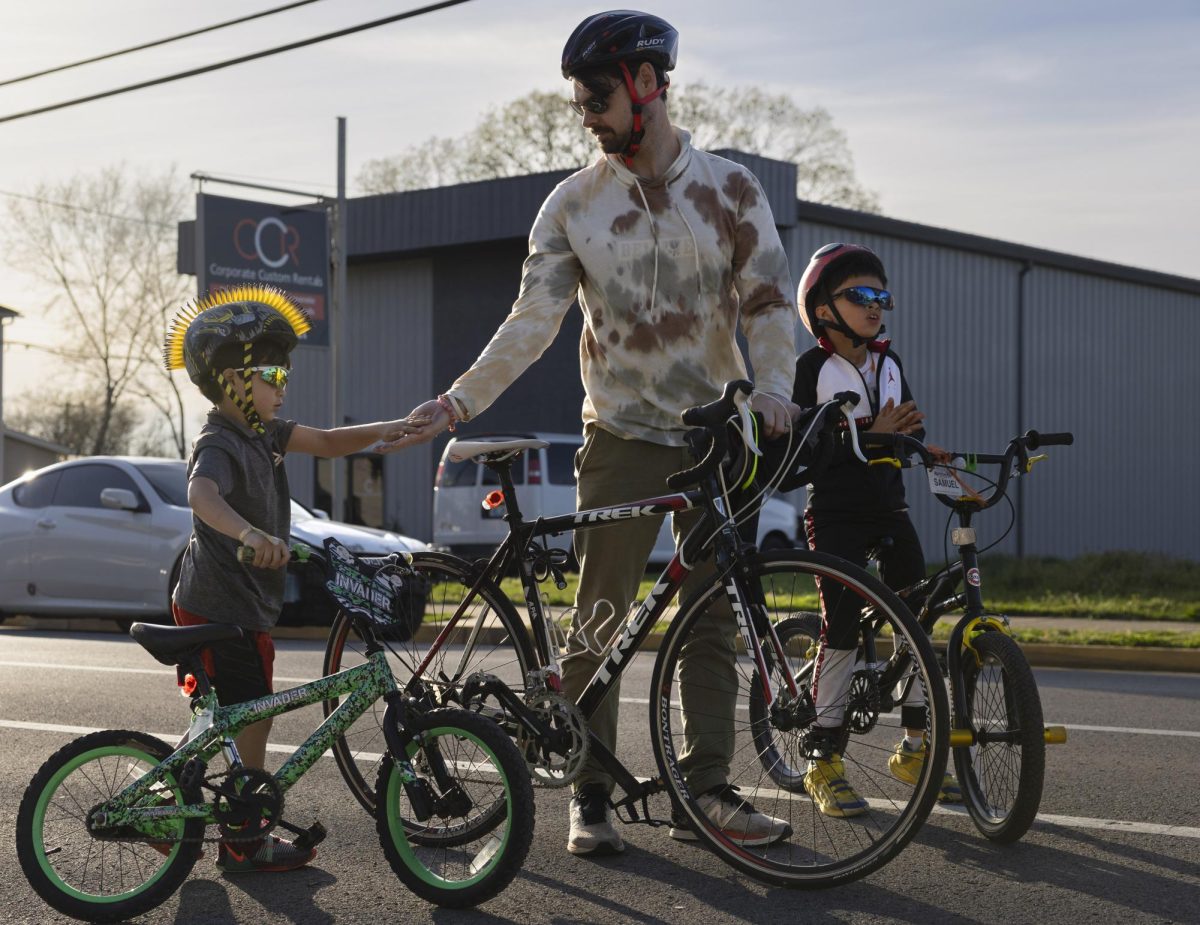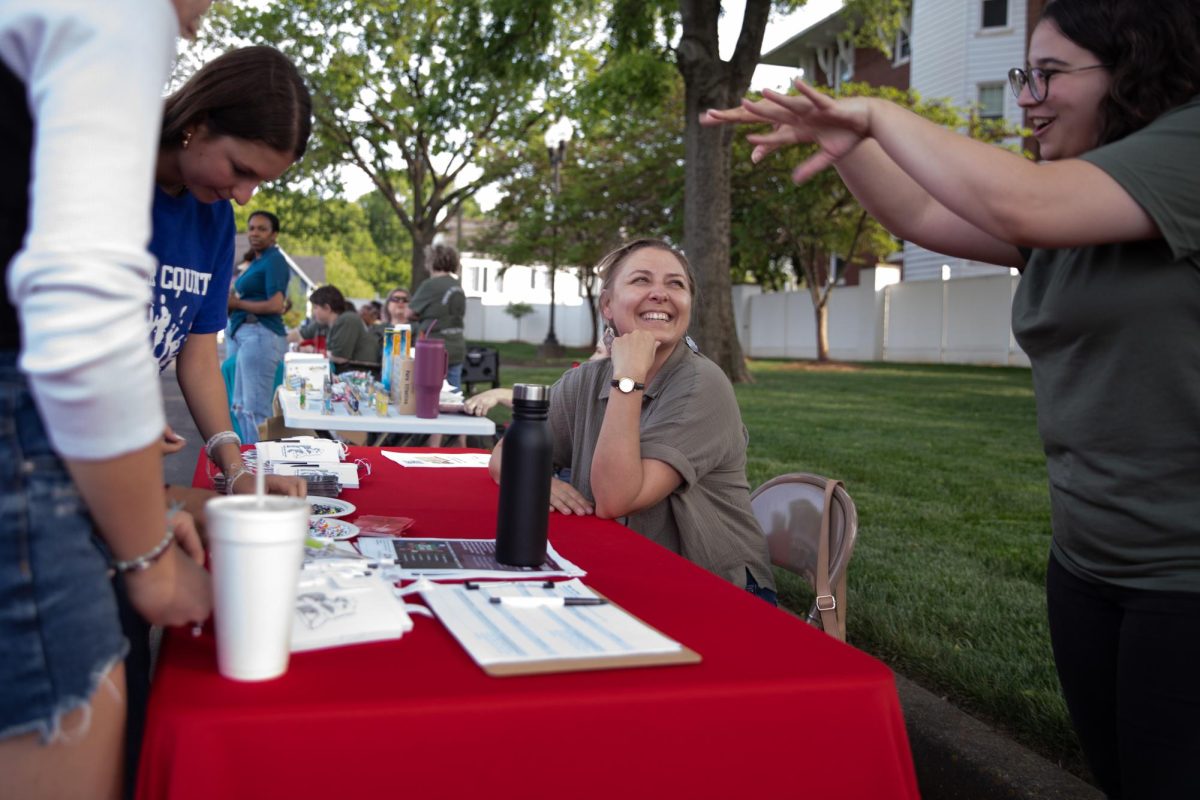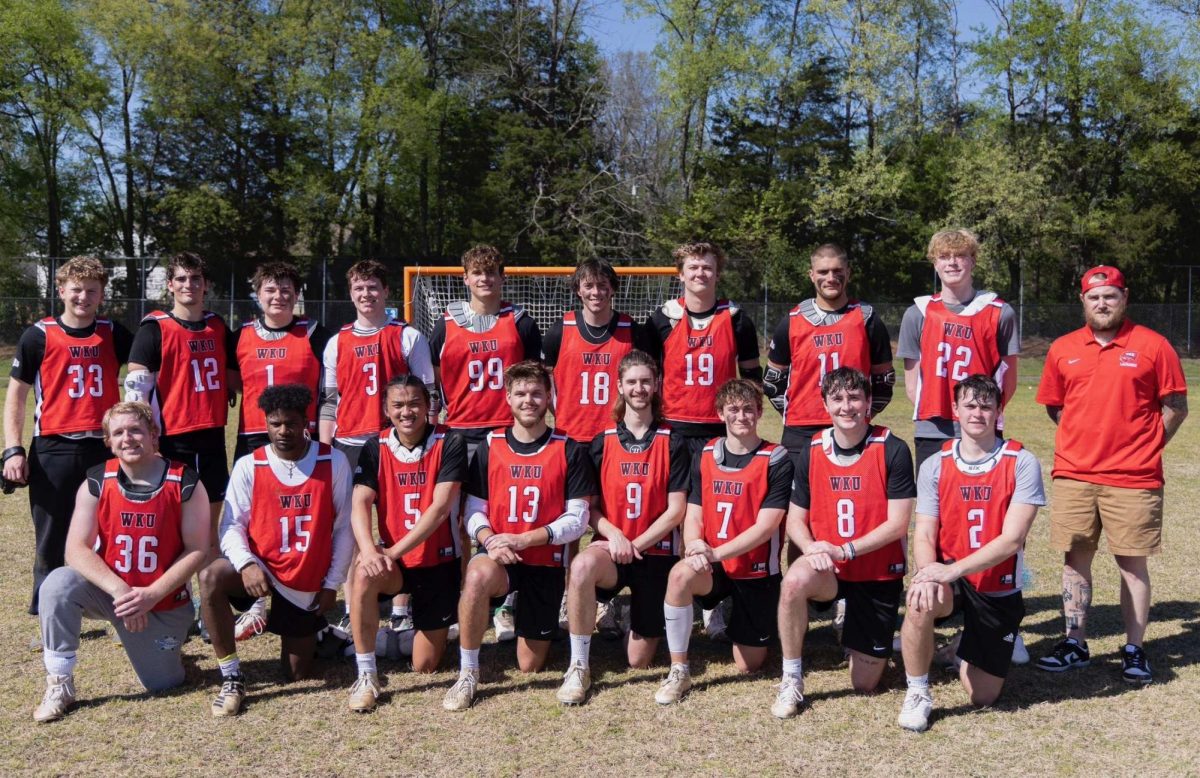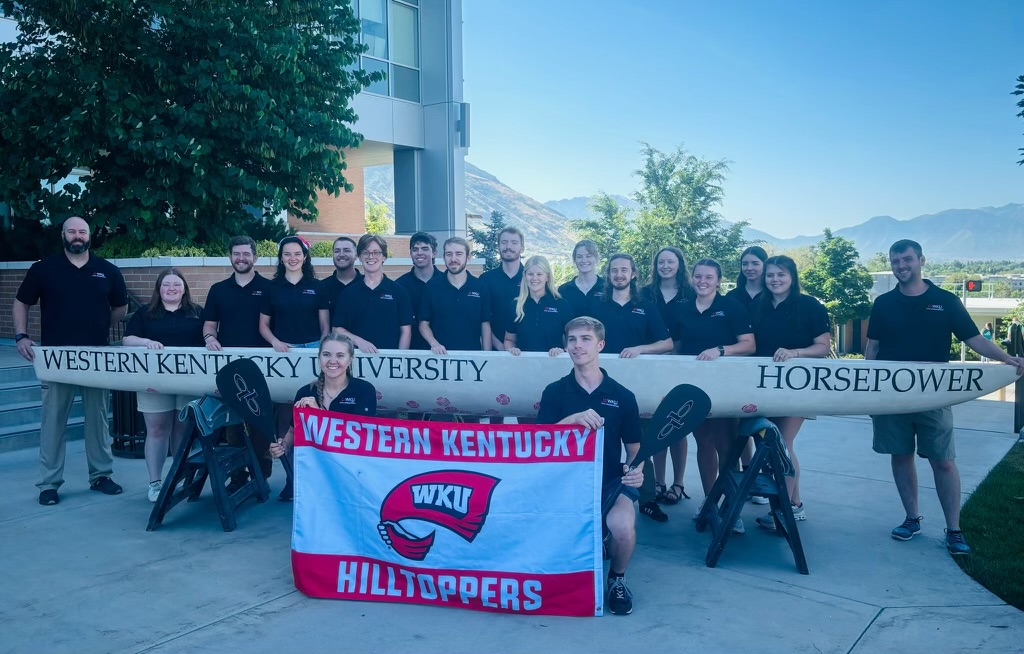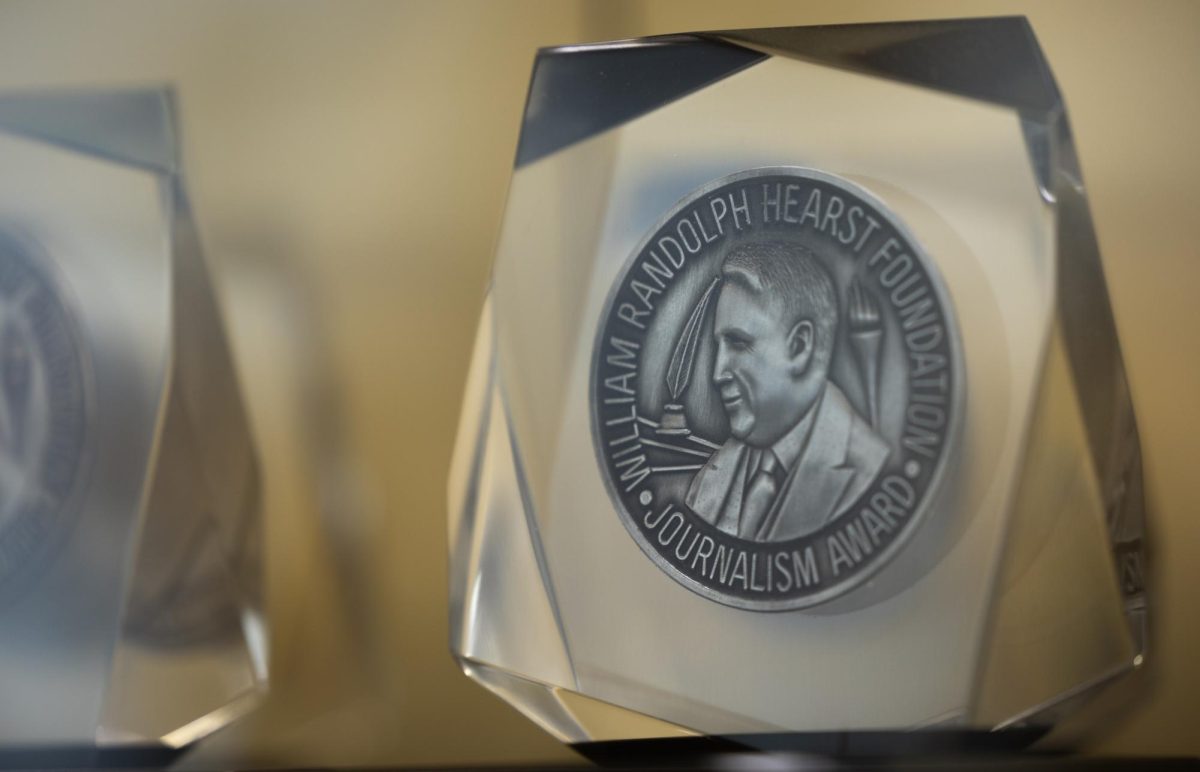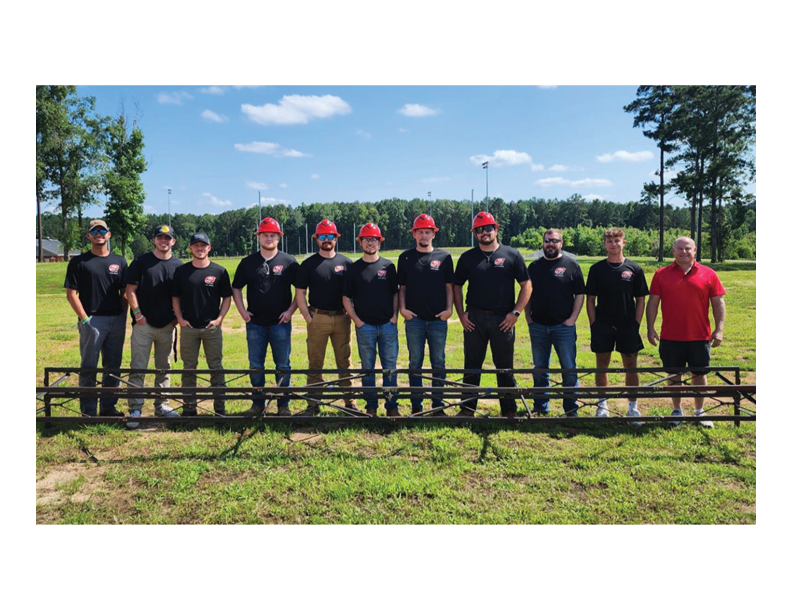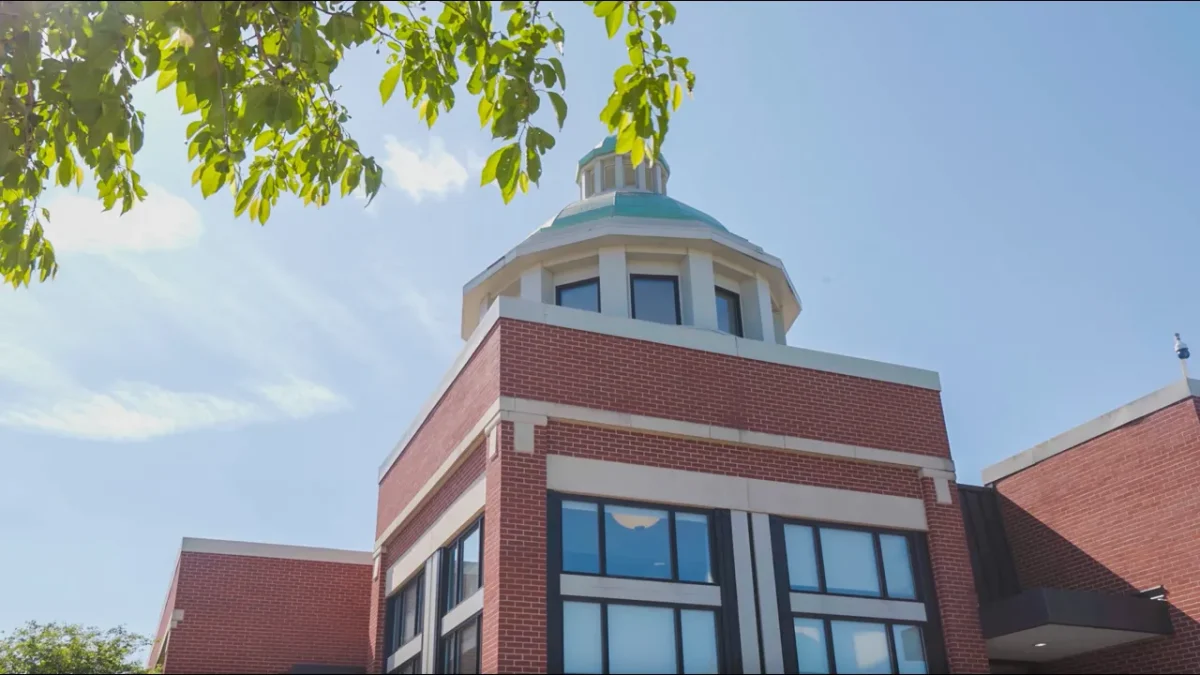With only a 30 minute window to run diagnostics, Starr May drops her homework and races to the XR lab in the Industrial Education Building at WKU. After receiving messages from her team, May discovers that technical issues have interfered with SunSketcher’s test run in Odessa, TX, on Oct 13, 2023.
Over 1,000 miles away at the University of Texas Permian Basin, the rest of the team holds their breath. Fortunately, May uncovered the problems and addressed them quickly and effectively, seeking to permanently solve any further issues.
“It was one of those moments where it’s like, okay, you know, we got this,” Andrea Florence, a junior computer science major and test engineer for SunSketcher said.
The next day, the team ran a test with 50 application users and found “resounding success.”
The WKU-based SunSketcher project seeks to use mobile technology to calculate the shape of the sun via the upcoming April 8 solar eclipse.
“We don’t know what the shape of the sun is,” May, a computer science and english double major and lead database and networking developer, said. “Our app lets us take pictures of the sun and use the moon as a reference to figure out what its shape is.”
The team, consisting of approximately 20 individuals, designed a free mobile app (on Android and IOS) that tracks a user’s location and pairs that location with a set of numbers used in eclipse calculations to determine when the eclipse’s path of totality will happen at said location. Once these calculations have been made, the user’s mobile camera will be scheduled to automatically take photos from the start to the end of totality, documenting a phenomenon known as Bailey’s Beads.
Bailey’s Beads are “little beads of light that appear due to the mountains and valleys of the moon passing in front of the edge of the sun,” Travis Peden, computer science major and lead Android developer and project manager, said. “Those specifically help determine the shape because knowing when those appear and where they are viewed from, we can triangulate with models that we already have and modify the edge of the sun in those models to define more accurately where it ends.”
The SunSketcher project started as a simple idea. “It was literally just one random chance that we ended up doing this,” Peden said.
One day in the spring of 2022,Gordon Emslie, a professor of physics and astronomy, was walking down a hallway talking to himself. He wondered how cool it would be to have a bunch of people take photos of an eclipse using something that calculated the time automatically for them.
Overhearing him, Greg Arbuckle, a professor of engineering and applied sciences, suggested that computer science students could work on this idea for him.
Peden was the first student invited onto the project and worked throughout the summer on ways to bring the idea to reality.
After gaining more members, the team applied for a NASA grant. But, their hopes began to sink. Months passed and they had not received any word about the status of their request. However, in May 2023, they received word that their grant had been approved and from there, the project began to grow exponentially.
From a simple thought about taking photos of an eclipse, the project turned into something greater. The team began to understand the meaning of what their research could accomplish: mapping the sun.
“People have tried to do this on smaller scales before and it doesn’t work because it’s a smaller scale, when they try to compile that there’s not enough data,” Florence said. “No one else is trying to tackle measuring the sun. We were a little ambitious, but it’s going to work.”
May offers three main reasons for studying the shape of the sun: to refine theories of gravity, to better understand solar convection and to provide more reference calculations for other sciences.
Already launched in mobile stores, downloading the SunSketcher app is the first step in participating in the project. After downloading the app, users are encouraged to follow the tutorials so that eclipse day runs smoothly.
“This is not a project that’s about us and what we can do,” May said. “This is a project where we have created tools to let other people make this scientific achievement. This kind of science is only possible when we have a huge crowd of people that are willing to be a part of this. So, you are a NASA scientist whenever you’re doing this.”
The team is aiming for one million users on the day of the eclipse.
“How many other chances are you going to get to look at your neighbor and be like, ‘Oh yeah, I worked for NASA for a day; I participated in NASA research for the day’,” Florence said.
Florence encourages users to share their SunSketcher experience via social media, including in their posts “#sunsketcher”.
The SunSketcher team is filled with both excitement and anxiety as the eclipse day approaches.
“We’re done. Our project has shifted from development to maintenance which is a fantastic feeling,” May said.
For Tameka Ferguson, senior computer science major and lead IOS developer, the eclipse will be the first time she gets to experience her work with IOS development come to fruition. For their test run in Odessa, the team was only able to experiment with the Android software.
However, technical maintenance does not seem to threaten the SunSketcher team like nature does. According to Florence, the 14-day forecast predicts cloudy skies from Dallas to Cleveland.
“We have to get past Dallas or Cleveland,” Florence said. “My dad has a 10-person tent, I’ve got a truck. We can hit the highway and sleep in a restaurant parking lot. If it’s going to be sunny in Maine and nowhere else, we’re driving to Maine.”
The team, with all of their compounding emotions, relies on their personal hopes and aspirations as the project faces its climax.
Florence remembers a group of kids watching on with amazement as the team set up their equipment and cameras in Odessa. The team connected with these children, sparking in them an intrigue for science.
“There are going to be kids out there that look at this team and know that they can grow up and they can do science, too,” Florence said. “I really just want this project to encourage them to actually chase those dreams and go with it.”
News Reporter Cameron Shaw can be reached at [email protected]

















